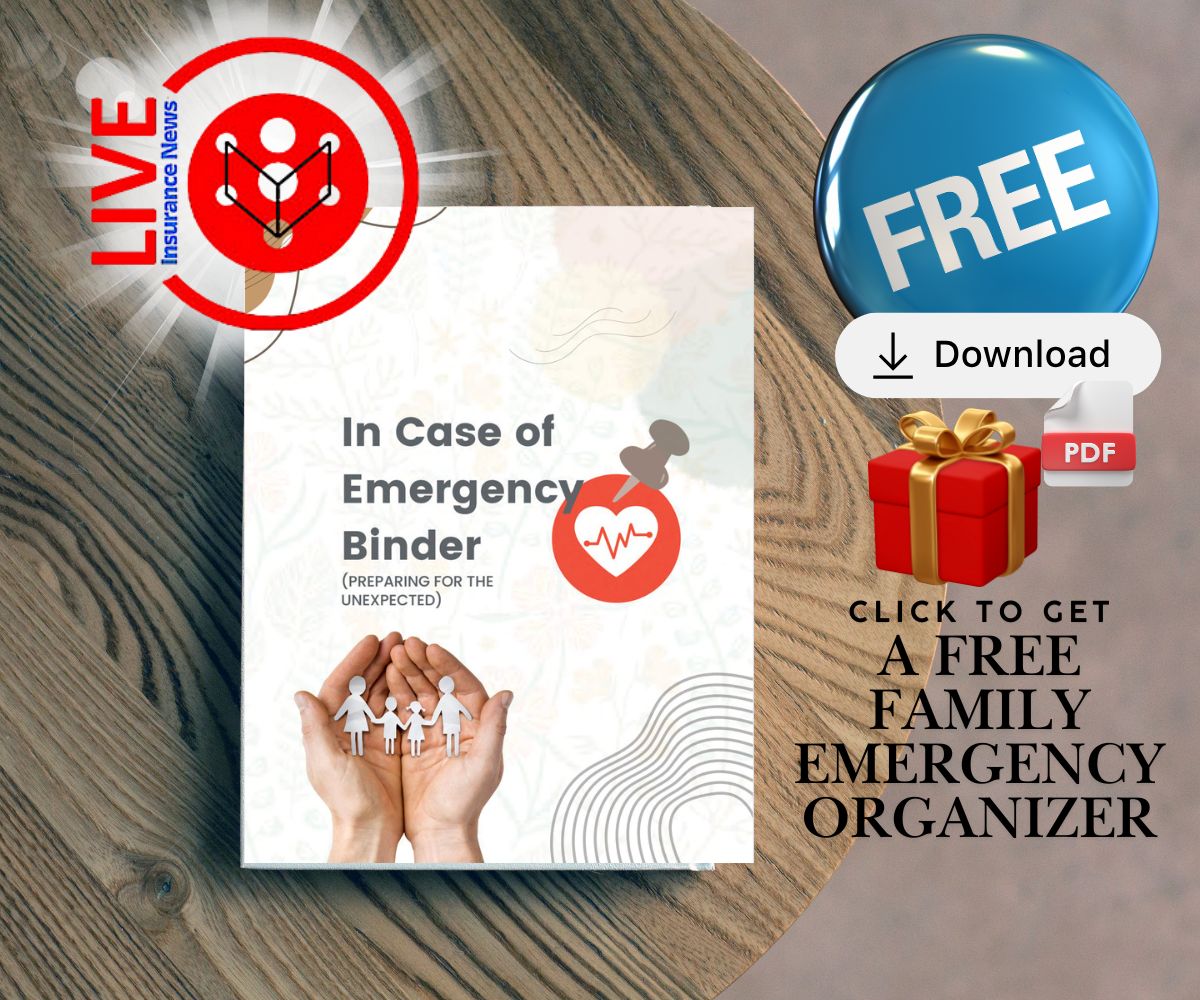The Price of Accountability and Insurance Adjustments
When a Norfolk Southern freight train derailed in East Palestine, Ohio, on February 3, 2023, it set off more than environmental and community alarms. Behind the scenes, the insurance world braced for shockwaves. With the derailment spewing hazardous vinyl chloride and a controversial “vent-and-burn” operation intensifying damages, the case has concluded in a staggering $600 million settlement. The aftershocks of this legal outcome, however, are perhaps even more striking in corporate liability insurance circles.
The settlement has put Norfolk Southern squarely on the hook, despite its attempts to disperse liability across its commercial partners. The case underscores the rising stakes for liability insurers, who face mounting challenges in pricing risk amid growing environmental, legal, and operational complexities.
Norfolk Southern Shoulders the Entire Burden
Throughout the trial, Norfolk Southern sought contributions from both GATX Corporation, which owned the defective railcar, and OxyVinyls, the supplier of the vinyl chloride. Yet, both companies evaded financial responsibility, with an Ohio jury deeming the railroad entirely liable. The failure of Norfolk Southern to shift even a fraction of the blame has delivered a cautionary tale about risk sharing in insurance-backed corporate relationships.
Philip Owen, an experienced underwriter for a global insurance company, explains why this verdict is such a lightning rod for the industry. “From an insurance standpoint, this level of concentrated liability is a nightmare. Carriers demand evidence of shared accountability among partners; it drives diversification of risk across the value chain. Norfolk Southern’s inability to secure contributions suggests a breakdown in contractual mechanisms and pre-emptive liability clarity.”
A Clash Over Policy Limits and Coverage Scope
Norfolk Southern was undoubtedly backed by commercial liability policies with significant coverage limits. However, legal experts argue such incidents reveal just how quickly those limits can be eclipsed. “When you’re dealing with $600 million in settlements and over a billion in environmental remediation costs, that’s well beyond the reserves your average liability policy anticipates,” said Laura Jenkins, a corporate liability attorney.
This raises new questions for underwriters in crafting policies that anticipate unexpected durability tests. Brokers and pricing actuaries may increasingly seek limits tied to specific exposures, especially for railways moving hazardous materials. Layered insurance, or utilizing multiple carriers to cover cumulative risks, might also become indispensable in protecting firms from catastrophic payouts.
Insurance Premiums in the Crosshairs
The Norfolk Southern settlement already has insurers revising their approach. James Woodward, an industry analyst, predicts liability insurance premiums for railroads and transport companies could climb significantly in the fallout. “We’re likely looking at increases of 30% or more for policies tied to hazardous cargo transport. Insurers are now on high alert for weak risk management systems and any gaps in asset monitoring.”
The judgment also ignites discussions about exclusions within liability policies. Environmental damages and clean-up costs, which often surpass direct legal payouts, typically require separate environmental liability coverage. Norfolk Southern’s escalating costs have highlighted holes in how corporate insurance portfolios often overlook the longevity and breadth of such risks.
Risk Transfer and the Ticking Clock of Prevention
While Norfolk Southern confronts escalating costs, the case brings the principle of “watchfulness” to bear within the insurance industry. Prevention is the buzzword here—not just environmental prevention but procedural foresight within insurance underwriting.
The underlying issue with the East Palestine derailment was the bearing failure on a railcar owned by GATX. Yet, Norfolk Southern’s advanced temperature sensors failed to react in time. This delay cost both the company and, indirectly, their insurers. “Technology exists to respond much faster,” said insurance consultant Mark Hayes. “Had Norfolk Southern’s monitoring systems been subject to stricter technical audits, we might have been looking at a far less costly disaster.”
The potential requirement for insurers to push through rigorous safety audits or even demand technology upgrades could emerge as a trend post-settlement.
Balancing Liabilities in Contracts
One of the striking lessons from this saga is Norfolk Southern’s inability to enforce indemnity clauses against GATX or OxyVinyls. Indemnity serves as a legal mechanism through which one party agrees to bear the liabilities of another under specific circumstances. Here, Norfolk Southern argued it had a duty to seek contributions from its partners, but the jury shut that door.
“This shows the limits of contractual safeguards,” Jenkins noted. “Even the best-drafted indemnity clauses can fail under legal scrutiny, leaving companies exposed. One takeaway for the insurance sector is the value of clarity in liability agreements to avoid multi-layered disputes post-disaster.”
An Industry Fork in the Rails
The ripple effect isn’t confined to railways. What happened in East Palestine raises unsettling questions for every hazard-heavy industry, from oil drilling to chemical manufacturing. Insurers are now calling for sharper stratification of coverage plans for high-risk businesses. Predictions of tighter underwriting policies and reductions in available capacity for particularly risky verticals seem almost certain.
Environmental insurance, in particular, could transform. “Episodes like this are wake-up calls that pollution liability policies should be non-negotiable rather than add-ons,” said Heather Bennett, an environmental risk insurance specialist.
Lessons Learned
For corporations and their insurers, the aftermath of this settlement signals a recalibration of what constitutes foresight. Whether it comes in the form of clearer risk allocation in contracts or advanced safety systems scrutinized by third-party audits, accountability in the future may rely as much on preparation as reaction.
And beyond the boardrooms, the lasting question remains about public trust. Insurers, corporate entities, and communities alike have much to gain from striking a strong, cooperative balance. Because, if there’s one thing this $600 million settlement has proven, it’s that in the game of accountability, no actor is spared when the alarms ring loudest.


